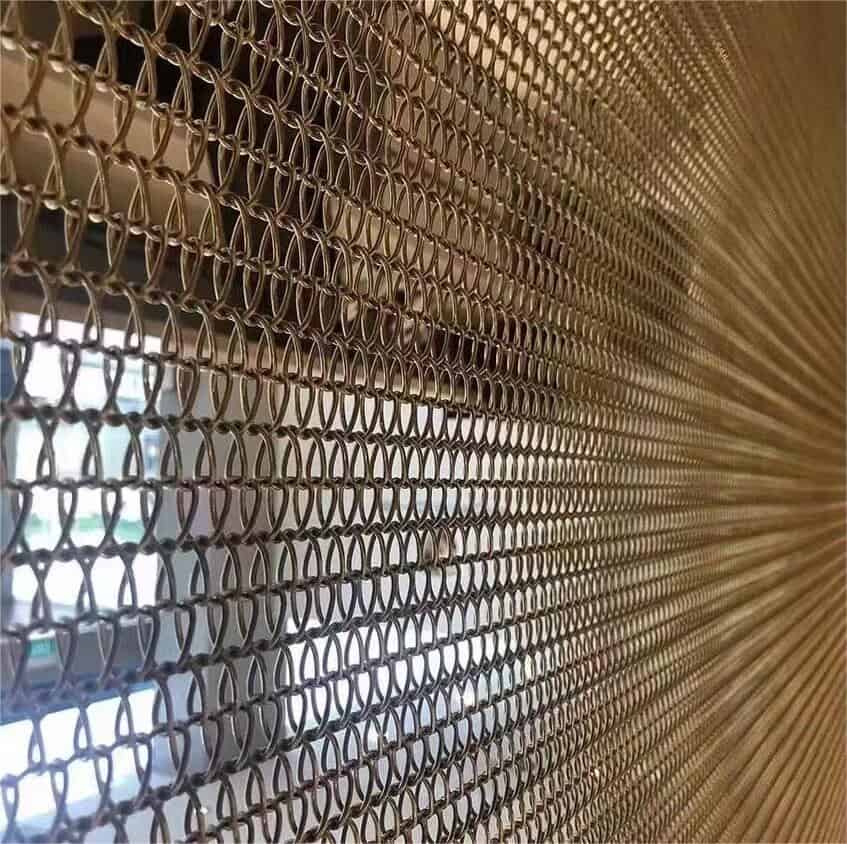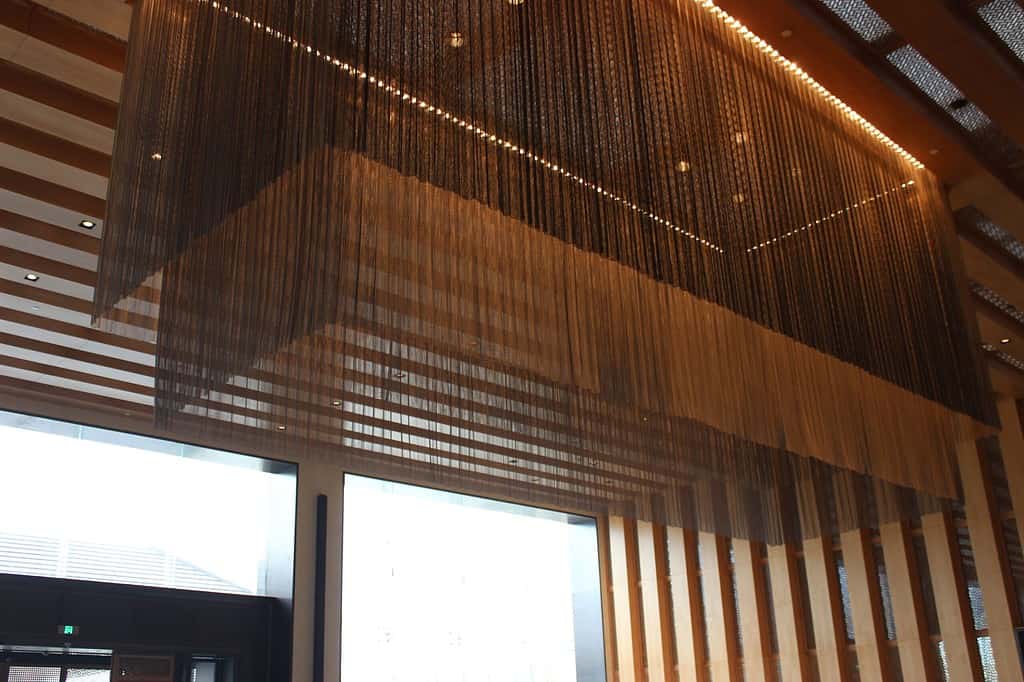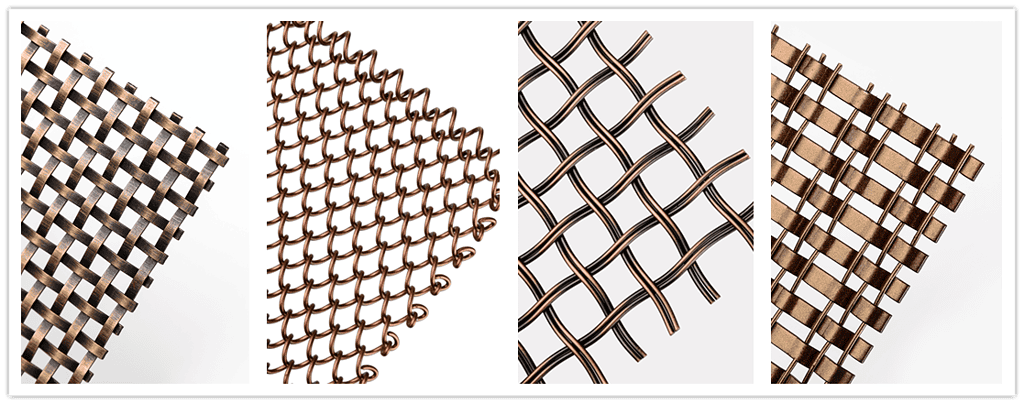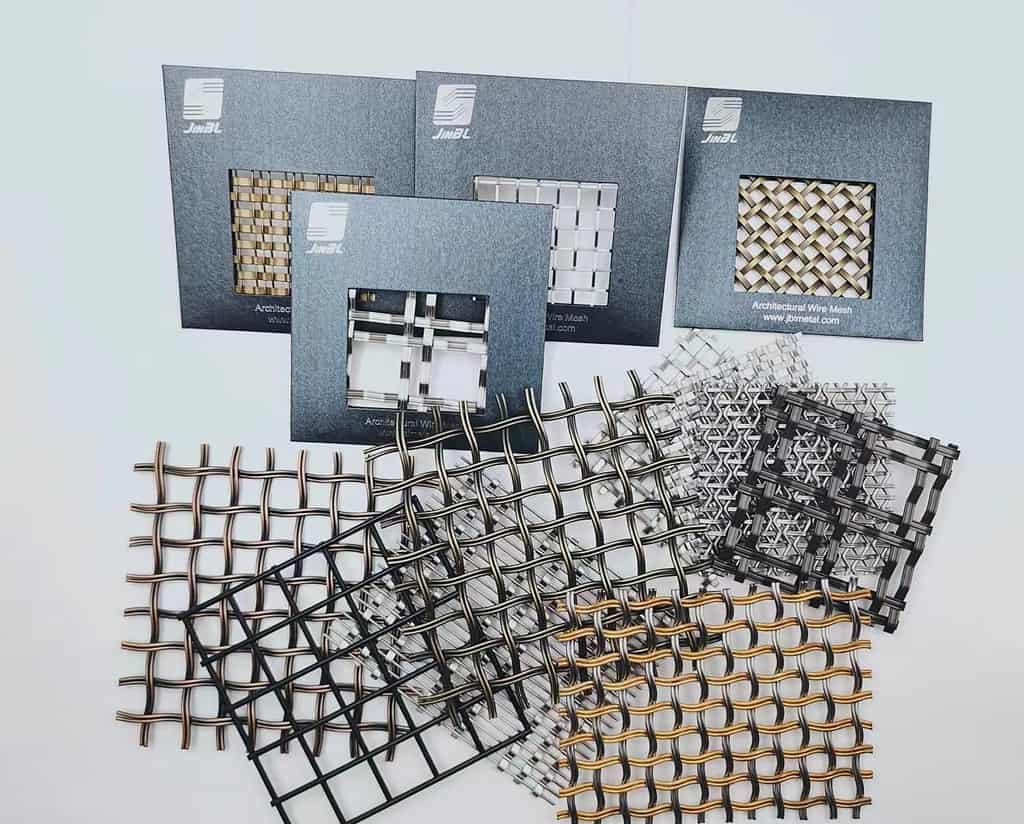Introduction
When it comes to architectural design, wire mesh plays a vital role in enhancing aesthetics, functionality, and safety. From interior spaces to exterior facades, selecting the right architectural wire mesh can greatly impact the overall look and feel of a structure. In this ultimate guide, we'll delve into the world of architectural wire mesh, exploring various aspects such as types, applications, factors to consider, and more. Whether you're an architect, designer, or someone interested in learning about wire mesh, this guide has you covered.

The Ultimate Guide How to Select Architectural Wire Mesh
Architectural wire mesh offers a unique blend of form and function, making it a popular choice in modern design. Here, we'll explore key insights into selecting the perfect wire mesh for your project:
Understanding Architectural Wire Mesh
Architectural wire mesh, also known as wire cloth, is a versatile material used for various applications in architectural and design projects. It's typically made from stainless steel, aluminum, or other metals, and comes in a range of weaves, patterns, and finishes.

Types of Architectural Wire Mesh
There's a wide variety of wire mesh types available, each with its own distinct features and benefits. Some common types include:
- Woven Wire Mesh: Known for its durability and strength, woven wire mesh is suitable for applications requiring structural integrity, such as safety barriers.
- Expanded Metal Mesh: This mesh type offers a unique texture and is often used for decorative purposes, like facades and partitions.
- Perforated Metal Mesh: Featuring small holes or perforations, this mesh provides a balance between aesthetics and functionality, allowing airflow and light diffusion.
- Welded Wire Mesh: Composed of welded intersections, this mesh is ideal for applications that require high precision and intricate designs.

Applications of Architectural Wire Mesh
Architectural wire mesh finds its place in various applications, including:
- Exterior Facades: Wire mesh can be used to create stunning exterior facades that blend modern design with functionality.
- Interior Design: From space dividers to wall coverings, wire mesh adds a contemporary touch to interior spaces.
- Safety Features: Wire mesh is utilized for safety railings, balustrades, and enclosures due to its strength and transparency.
- Artistic Installations: Many artists incorporate wire mesh into their sculptures and installations, adding texture and dimension.

Factors to Consider
When selecting architectural wire mesh, consider the following factors:
- Material: Choose a material that suits the project's environment and aesthetic requirements.
- Weave Pattern: Different weaves offer varying levels of transparency and texture. Select one that complements the design theme.
- Durability: Depending on the application, ensure the mesh can withstand environmental conditions.
- Maintenance: Consider ease of maintenance and cleaning, especially for outdoor installations.
- Budget: Architectural wire mesh comes in a range of price points. Balance quality and cost-effectiveness.

Expert Insights and Tips
We reached out to renowned architects and designers for their insights on selecting architectural wire mesh:
- "Prioritize the mesh's functionality for the specific application. It should not only look good but also serve its purpose effectively." - Emily Rodriguez, Architect.
- "Experiment with different mesh types and patterns in small-scale mock-ups to visualize their impact before finalizing." - David Thompson, Interior Designer.

Common FAQs
1.Q: What is the primary difference between woven and welded wire mesh?
A: Woven wire mesh is created by weaving individual wires together, resulting in a sturdy structure. Welded wire mesh is made by welding intersecting points of wires, offering precise designs.
2.Q: Can wire mesh be used for security purposes?
A: Yes, wire mesh is frequently used for security due to its strength and transparency. It's commonly seen in safety railings and partitions.
3.Q: How do I maintain architectural wire mesh?
A: Regular cleaning using mild detergents and soft brushes can help maintain the mesh's appearance. For outdoor installations, consider weather-resistant materials.
4.Q: Is wire mesh suitable for interior residential spaces?
A: Absolutely, wire mesh can add a unique and modern touch to interior spaces. It's often used for decorative elements like room dividers and wall coverings.
5.Q: What's the recommended mesh type for artistic installations?
A: Expanded metal mesh is a popular choice for artistic installations due to its textured surface and versatility.
6.Q: Can wire mesh be customized for specific designs?
A: Yes, many manufacturers offer customization options in terms of weave patterns, materials, and finishes.

Conclusion
Selecting the right architectural wire mesh is an art in itself. With an array of types, patterns, and applications, wire mesh offers limitless creative possibilities. By understanding the various factors, seeking expert advice, and exploring different options, you can confidently integrate architectural wire mesh into your projects, achieving stunning and functional results.






